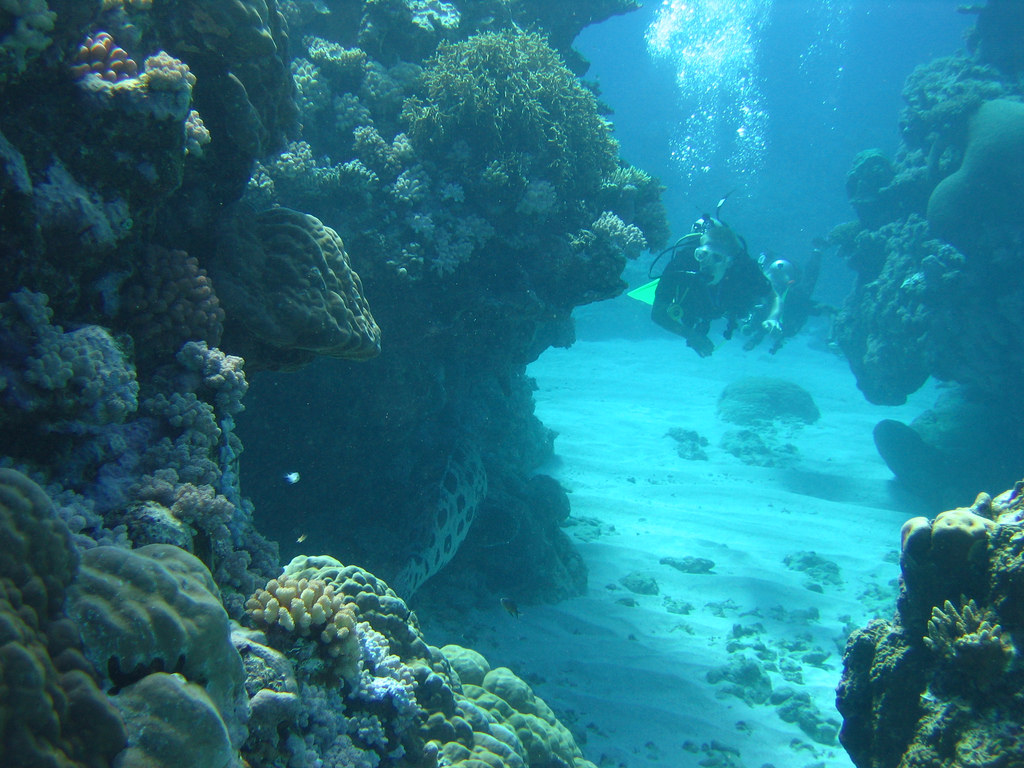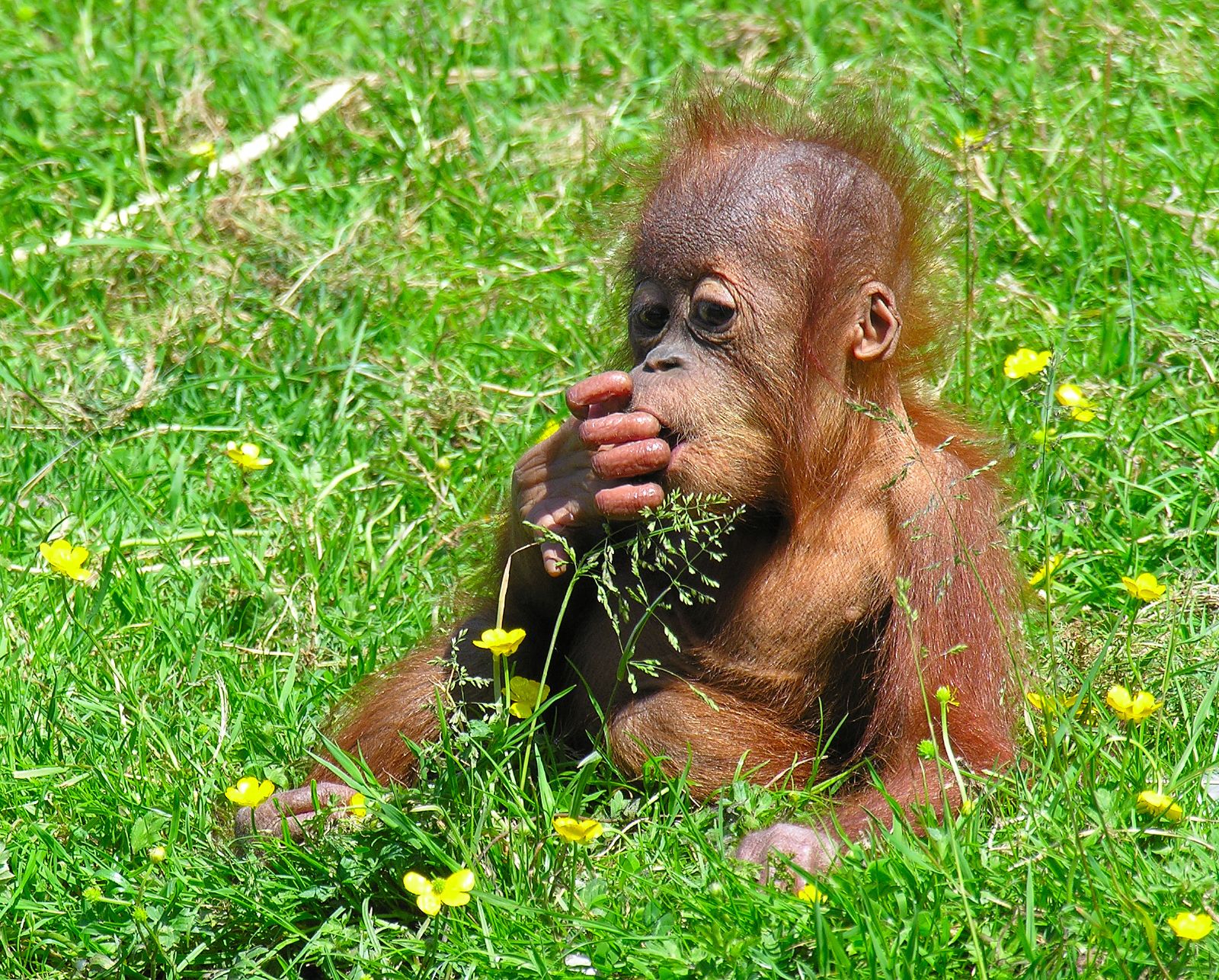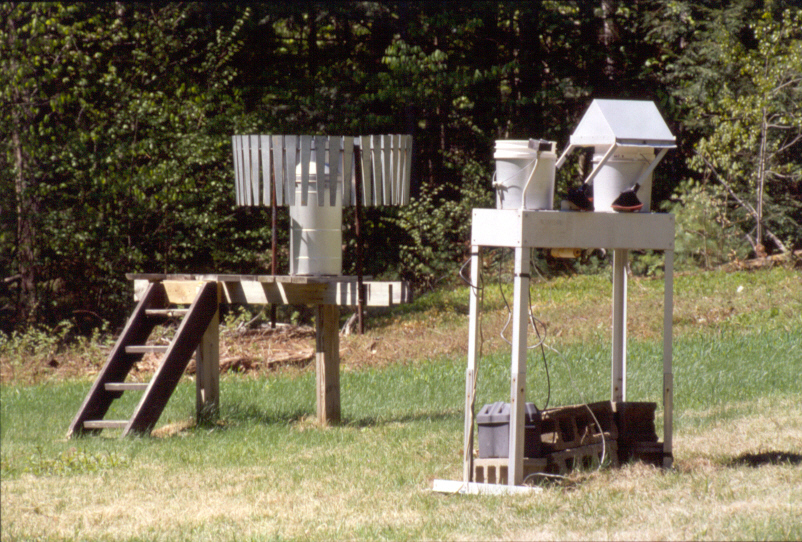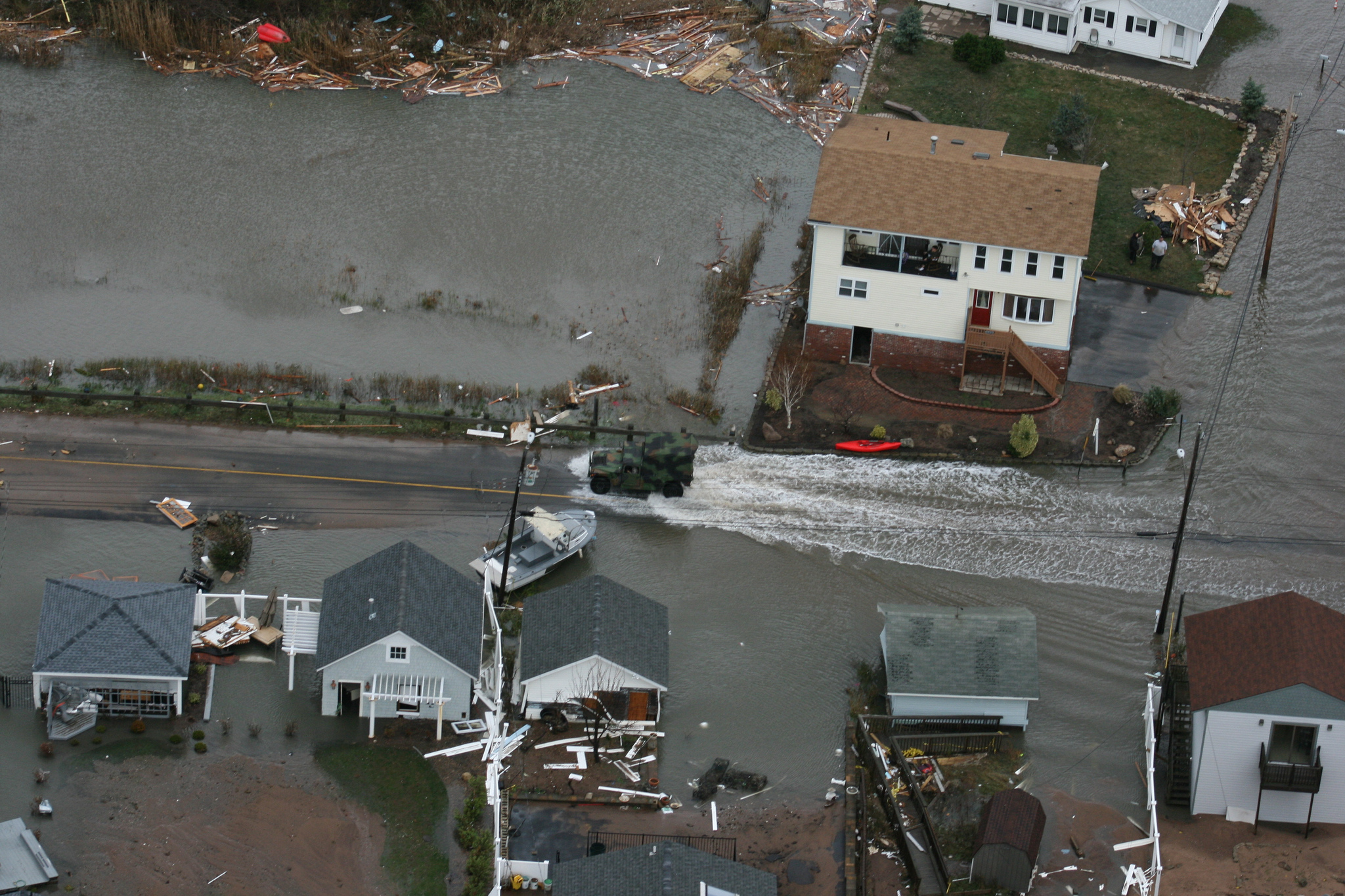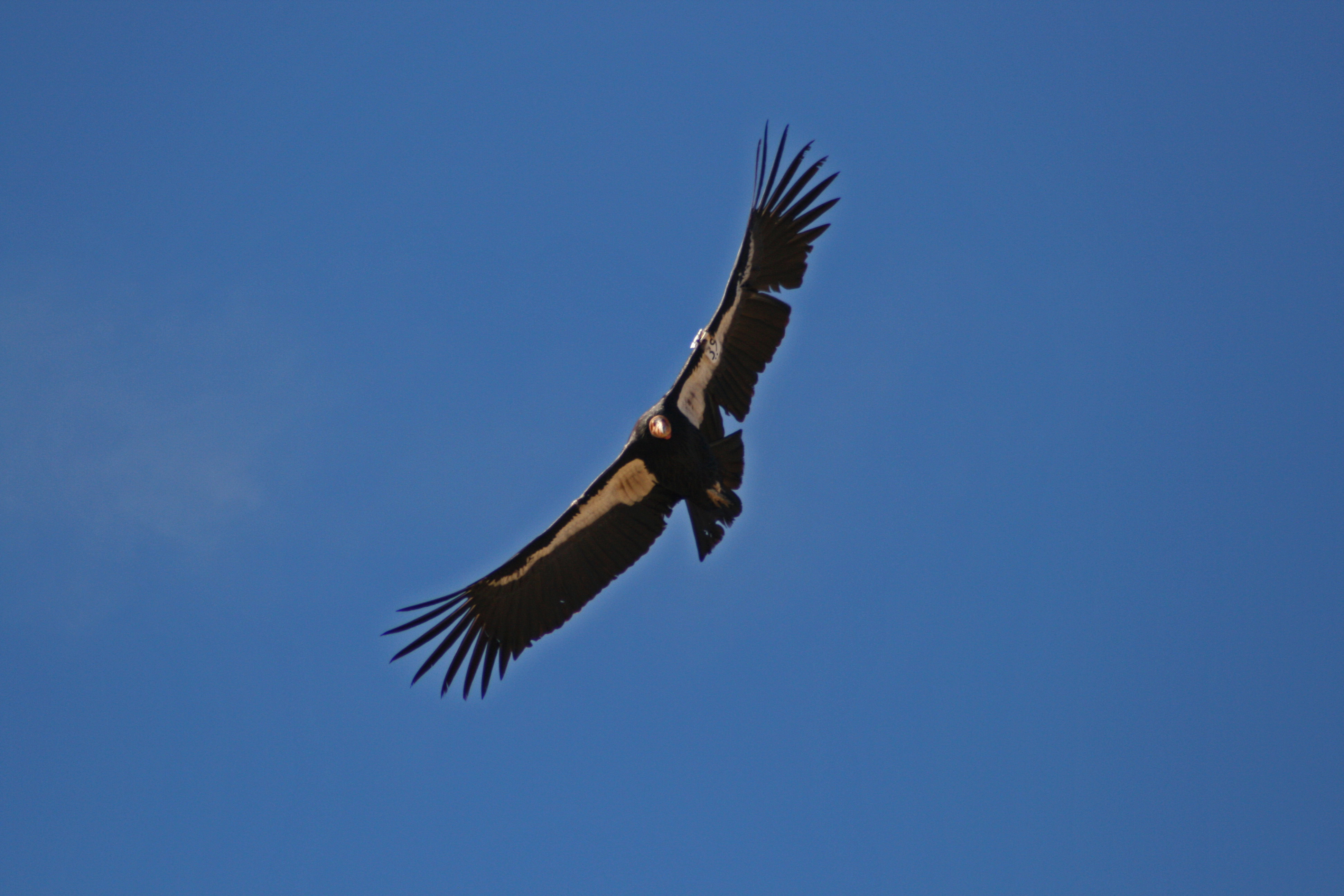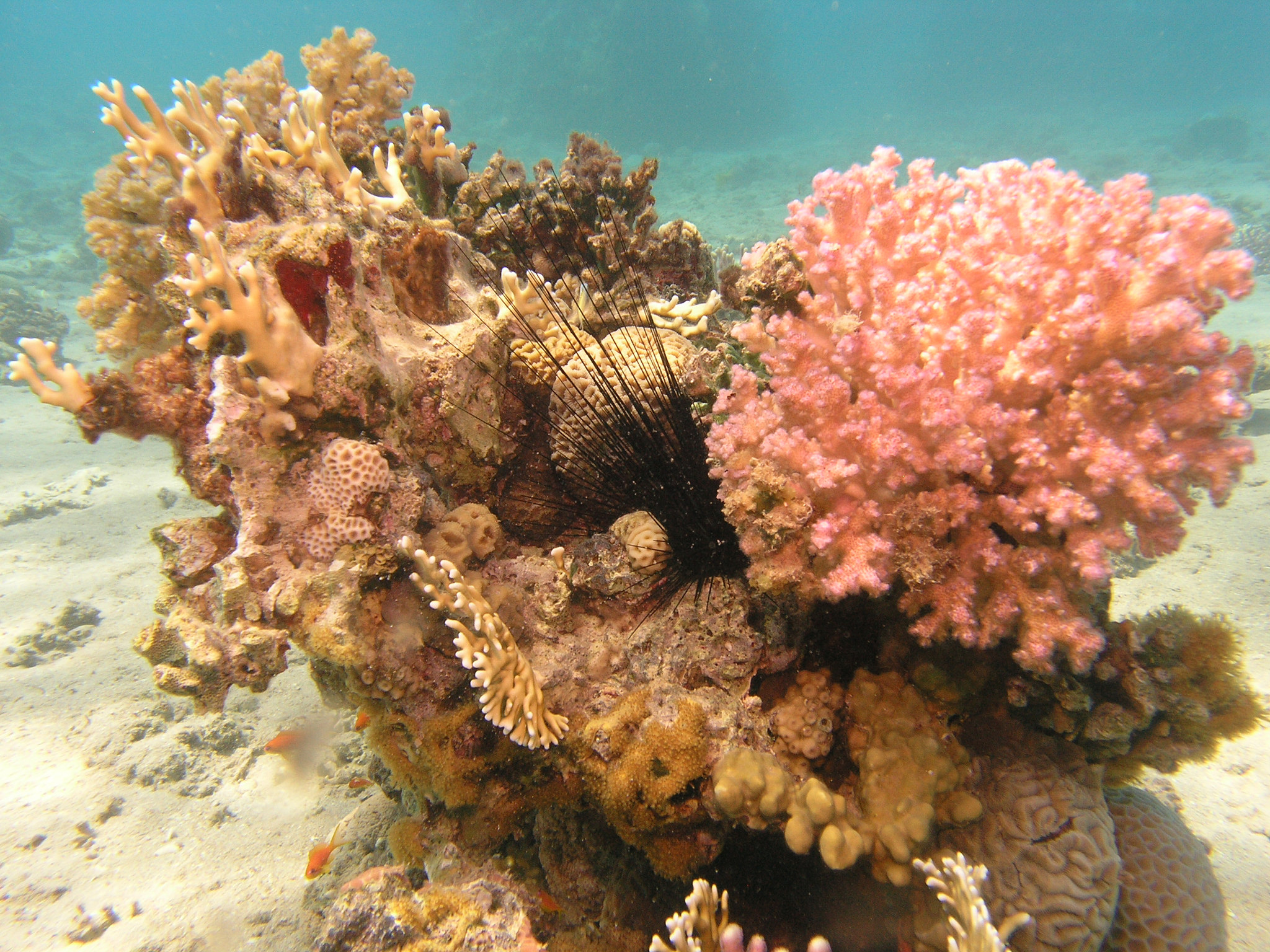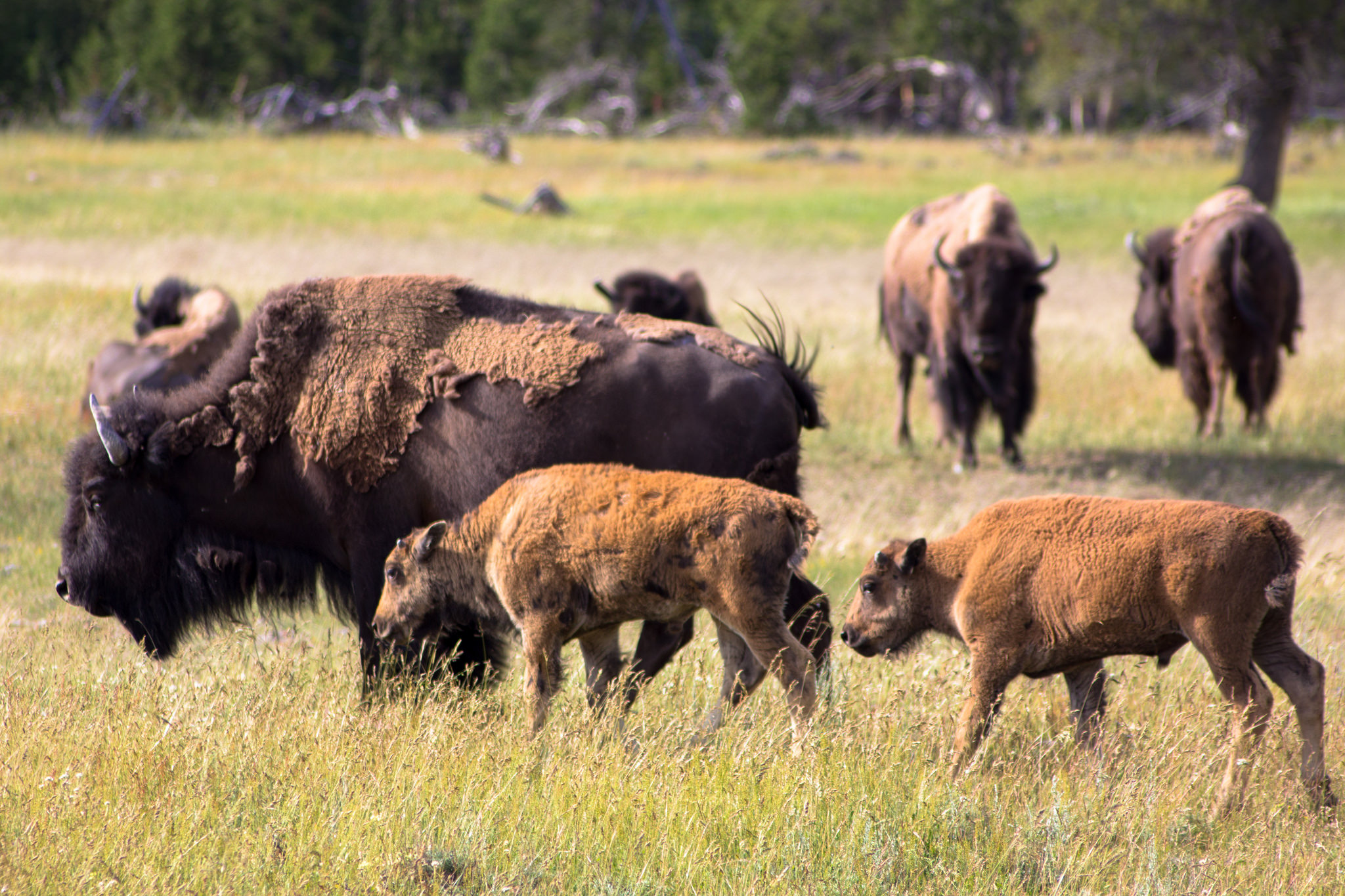We have talked about the impact of light pollution on our ability to see stars and the Milky Way. We have also discussed its impact on our circadian rhythms. Recently, scientists in Great Britain published a report on the relationship between light pollution and the timing of when trees produce their buds. The results of the study suggest that light pollution is causing plants to jump the gun on spring.
Wildlife and Habitat
Some Good News For Coral Reefs
Most recent news about coral reefs around the world has been bad news. There has been unprecedented coral bleaching in places like Australia’s Great Barrier Reef. The effects of climate change – including warming temperatures and rising seas – as well as the recent El Niño event have led to damaged reefs across the globe.
Size Matters
One of the crowning achievements for wildlife protection in the US was the establishment of the National Wildlife Refuge system in the 1930s, when the populations of waterfowl were perilously low. Refuges provided breeding and migratory habitat that has allowed a remarkable recovery of many species of ducks and geese.
Outdoor Lights Dim Nature
At night our planet is now bathed in artificial light, ranging from streetlights and floodlights to burning gas flares in oil fields. There are few places that are truly dark at night.
Declining Insect Populations
There has been lots of discussion about the decline in bee populations and its dire consequences for agriculture. We have also talked about the efforts to save the monarch butterfly, whose numbers have been dropping dramatically over the years. But the rest of the insect world does not get much attention. For the most part, we think of insects as a nuisance or as potential pests.
The Plight Of Orangutans
Orangutans – one of the planet’s most intelligent animals – can only be found in the wild on the Indonesian island of Sumatra and the island of Borneo, which is a land mass shared by Indonesia, Malaysia and Brunei. And for years conservationists have been warning that measures put in place to protect orangutans have been failing. And they were correct. It was recently declared that orangutans are officially headed for extinction.
Lessons From The Forest
For more than half a century, scientists have converged on Hubbard Brook Experimental Forest in New Hampshire’s White Mountains to explore how forest ecosystems work. The site was established by the U.S. Forest Service to study the relationship between forests and New England’s water supply. In the 1960s, inquiry was expanded to include ecology, biogeochemistry, and studies of birds and other animals.
Half A Degree
The average global temperature is one degree Celsius above pre-industrial levels. There has long been a goal to limit global warming to no more than 2 degrees above those levels. But the Paris climate conference has set a more ambitious goal of limiting global warming to 1.5 degrees. What difference would that half a degree make?
What Is Killing Bees?
The declining populations of bees and other pollinators has been a topic of great concern for a number of years. There has not been general agreement on the root cause and, in fact, it appears as though there are multiple causes at play.
California Condors
The California condor is the largest North American land bird with a wingspan of about 10 feet. During the 20th century, poaching, habitat loss and lead poisoning reduced the vulture’s population to fewer than two dozen. The U.S. government’s response was to round up every last one of them over a period of 5 years- a total of 27 birds – for a last-ditch captive breeding program. As a result, technically the species became extinct in the wild at that point in 1987. Reintroduction into the wild did not begin until 1991.
Recycled Plastic Lumber
One of the most notable success stories in recycling is that of structural plastic lumber. The material is mostly polyethylene reinforced with stiff plastics or recycled composites. Made from milk containers, coffee cups, and other recycled plastics, structural plastic lumber is lighter than steel, longer-lasting than natural lumber and strong enough to support 120-ton locomotives.
Saving The Sea From Salt
The Persian Gulf along with the Red and Mediterranean seas are getting saltier all the time because of the waste products of desalination. The United Arab Emirates, Saudi Arabia, Kuwait, Qatar, Bahrain and Oman account for 45% of the world’s desalination capacity. And the byproduct of desalination is brine, which is twice as salty as seawater. Even advanced desalination plants produce two cubic meters of waste brine for every one cubic meter of clean water.
Young Fish Eat Microplastics
We have talked before about the increasing problem of microplastics polluting the oceans. Much of the small plastic particles result from the breakdown of plastic litter such as plastic bags, packaging and other materials. Another source is microbeads, which are often found in health products such as face scrubs and even some toothpastes.
Mapping Emerging Infectious Diseases
Ebola. Hantavirus. Lyme disease. What do they have in common? Like most emerging infectious diseases, they originated in mammals. So many debilitating pathogens make the jump from wildlife and livestock to humans, yet at the global scale little is known about where people are most at risk of outbreaks.
Sunscreen And Coral Reefs
Coral reefs are great tourist attractions. Nearly a million species of fish, invertebrates and algae live in these biodiversity hotspots and they generate billions of dollars yearly from the tourism industry.
Testing The Ocean Cleanup Array
It’s no secret that our oceans are full of plastic. Plastic trash can be found on up to 88% of the oceans’ surfaces, with most of the debris concentrated in the top two meters of water. The plastics gather in certain areas of the ocean due to the swirling nature of ocean currents, known as gyres. Some of these concentrations, such as the infamous Great Pacific Garbage Patch, are so large they can be seen from space.
Giant Pandas And The Endangered Species List
Giant pandas are among the most beloved animals in the world and are the iconic symbol of China as well as of the World Wildlife Fund, the global NGO dedicated to wildlife conservation. In the mid 1990s, the population of wild pandas dropped to as low as 1,000 as a result of habitat loss, habitat fragmentation, and an intrinsically low birth rate. There is also illegal poaching despite severe penalties. Pandas have been considered to be an endangered species for quite some time.
[Read more…] about Giant Pandas And The Endangered Species List

